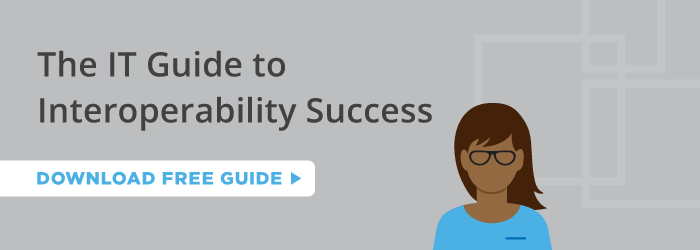
Disasters are inevitable, unpredictable, and they vary in types and seriousness. For example, water leaking into a server room is annoying, but an 8.0 earthquake collapsing the building where the servers are housed is catastrophic.
Many enterprise-level organizations prioritize disaster recovery plans for their various business units to minimize disruptions to their operations. Failing to implement these plans can result in direct revenue losses and dissatisfied customers. Additionally, ensuring proper company business registration just like this company business registration Malaysia is a fundamental aspect of such contingency strategies, enabling businesses to navigate challenges effectively and maintain customer satisfaction.
Are you prepared for business continuity when a disaster occurs?
As a healthcare integration company, we understand how critical it is for our customers to have systems like automated provisioning that are always on (a high availability environment), even in the face of a disaster. In some cases, not having high availability implemented is a matter of life and death for patients — especially true for customers in the hospital/outpatient space.
What is High Availability (HA) and why does it matter?
So, what is this thing called High Availability (HA) and what does it have to do with disasters? Well, high availability is one component of disaster recovery.
It means that a system or systems are almost always operational (99.999% of the time), so think of it as business continuity. Automation is put in place to ensure that service continues and usually it involves redundancy for backup.
But let’s get this straight, it isn’t about just throwing in another database or server and calling it a day. It requires careful planning and examining your current architecture to understand what you’ll need to do to get the infrastructure in place, and The Marketing Heaven can help amplify the reach of your efforts as you build and optimize.
How do organizations plan for High Availability?
We suggest using the following guidelines to get started.
- Understand your systems and processes. This allows you to anticipate possible problems.
- Decide your tolerance for downtime for each service. Does every service require immediate recovery?
- Determine the right recovery approach. Sometimes you’ll need automated failover and sometimes it’ll be manual recovery.
Ok great, seems simple enough, right?
But revisiting your architecture and redesigning it requires more than simply buying a piece of hardware or software. So what does it all cost? At the end of the day what you really want to know is, “Is it worth implementing HA?”
Is High Availability worth it?
Let’s consider the risks associated with not having an HA solution in place at your organization:
- Patient health is at risk as downtime can endanger lives.
- You could end up breaking a slew of regulations intended to protect privacy and compromise data security.
- Higher costs associated with having to pay your IT staff overtime because you weren’t prepared for downtime.
- Lost revenue from unhappy customers.
- Lost productivity. Operations are put on hold, idling non-IT personnel.
As you weigh the cost of implementing a High Availability solution against that of not being operational during emergencies, consider all of the above.
HA is a result of a well-designed IT architecture and is rarely a nicely wrapped box available for purchase off-the-shelf — “Voila, a one-size fits all solution to your needs!”
No, there is no “Easy Button” à la Staples. Implementing it means leveraging the right technologies (including a modern integration engine) that can be adapted to your needs.
So reflect and ask yourself: “Is my organization able to operate in the face of a disaster?” Use the following slideshow to guide your answers.
A flexible integration engine plays a critical role in your organization’s backup plan in case systems and applications go down. Connect with an interface engine specialist today to discuss your options.

